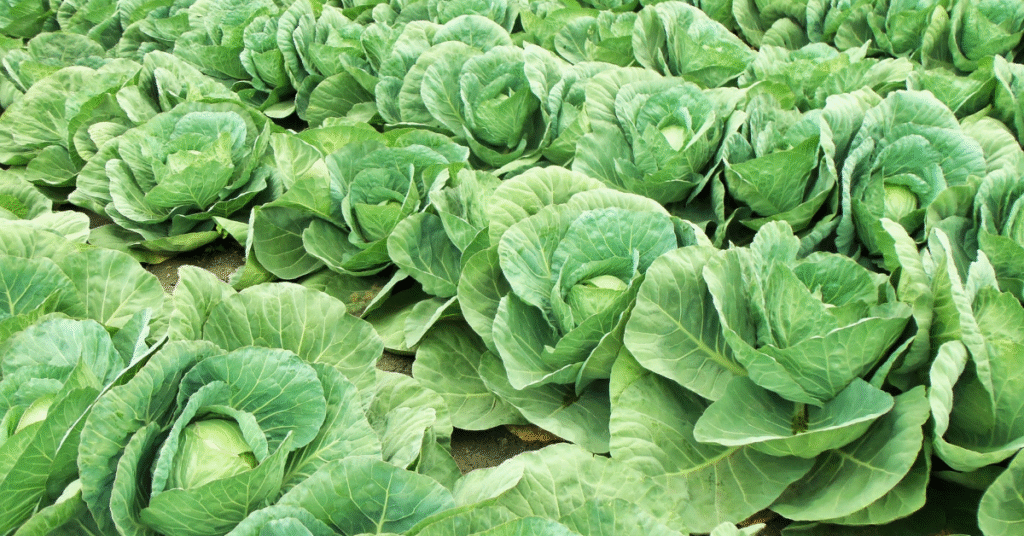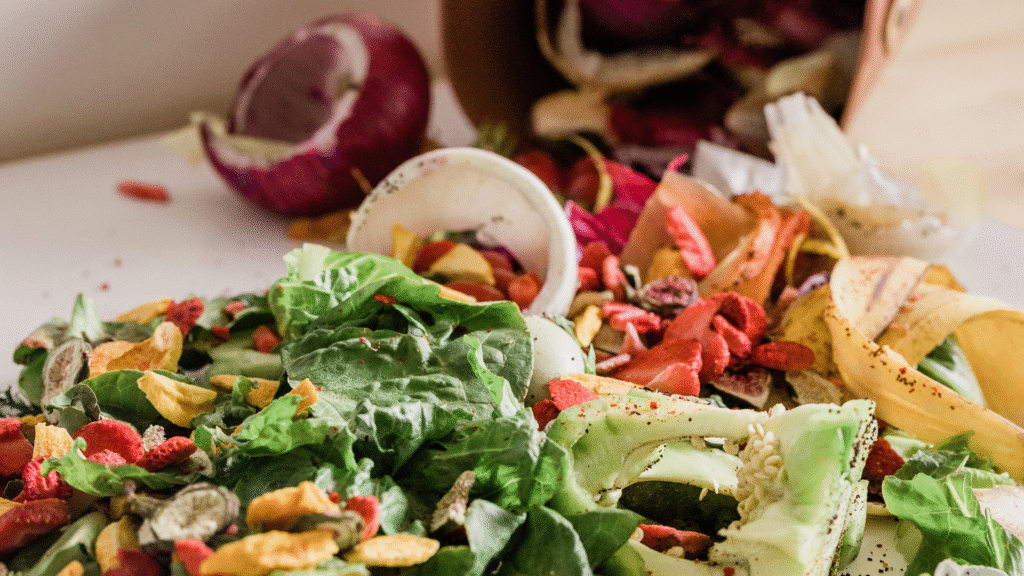How to Grow Cabbage from Scraps
Cabbage is one of the easiest vegetables you can regrow from scraps—even without seeds. All you need is the cabbage base, water, sunlight, and a little patience. Whether you’re growing indoors, in pots, or directly in the ground, cabbage scraps can produce fresh leafy greens in just a few weeks.
Want to help your cabbage grow faster? Make your own natural fertilizer using this vegetable peel fertilizer guide to boost your plant’s growth without chemicals.
How to Grow Cabbage from Scraps Without Seeds
Regrowing cabbage without seeds starts with saving the bottom part of a cabbage head—about 2–3 inches thick. This part contains the stem and root nodes needed for regeneration. Here’s how:
- Cut the base from a healthy cabbage head
- Place it in a shallow bowl with enough water to cover the bottom
- Put the bowl on a sunny windowsill
- Mist the top daily and change the water every 2–3 days
- In 5–7 days, you’ll see new leaves and root growth
- Transplant to soil once roots are at least 1 inch long
Regrowing this way is ideal for beginners and requires no special tools. If you’d like to gear up, check out our best gardening tools.
How to Grow Cabbage from Scraps in Water
Growing cabbage in water is a great indoor project. Follow these steps:
- Place the cabbage base in a bowl with clean tap or filtered water
- Use toothpicks to suspend it, or let it sit upright in a shallow dish
- Change water every 2–3 days to prevent rot
- New growth appears in 5–10 days
Water-based propagation is temporary; you’ll eventually need to transfer the cabbage to soil for it to develop fully.
How to Grow Cabbage from Scraps in the Ground
Once your cabbage scrap develops roots (usually within 10–14 days), it’s time to move it outdoors. Here’s how:
- Choose a sunny spot with well-draining soil
- Dig a hole deep enough to hold the rooted base upright
- Water gently and cover with mulch to retain moisture
- Fertilize biweekly using organic compost or vegetable peel fertilizer
- Protect from pests using natural methods or mesh covers
In 8–10 weeks, your cabbage should form a small but edible head. Harvest when leaves are firm and full.
How to Grow Cabbage from Scraps Indoors
Don’t have a garden? No worries! You can regrow cabbage indoors in containers. Here’s what you need:
- Use a pot at least 6 inches deep with drainage holes
- Fill with rich potting mix or compost-amended soil
- Plant the rooted scrap about 1 inch deep
- Place in a bright spot—preferably near a south-facing window
- Water when the top inch of soil is dry
- Rotate the pot weekly to ensure even light exposure
Indoor cabbage might not form large heads, but you’ll get plenty of tender leaves.
How to Grow Cabbage from Seed
If you prefer the traditional route, cabbage can also be grown from seeds. Here’s the process:
- Start seeds in seed trays or small pots filled with seed-starting mix
- Plant about ¼ inch deep and keep moist
- Provide 6–8 hours of sunlight daily or use grow lights
- Thin out seedlings once they have 2–3 leaves
- Transplant outdoors after 3–4 weeks or when 3–5 inches tall
Growing from seed is great for variety and scale, but scrap regrowth is quicker and more sustainable at home.
How to Grow Cabbage at Home Without Seeds
You can regrow cabbage at home without seeds using nothing but the leftover base from your grocery cabbage. Just follow the water method until roots appear, then transplant to a pot or garden bed. Ensure it gets:
- At least 6 hours of sunlight daily
- Consistent moisture but not waterlogging
- Organic feeding every 10–14 days
With care and patience, you can turn one cabbage into a continuous supply—no seeds needed!
Final Tips
- Use healthy, non-moldy scraps
- Don’t submerge the entire cabbage base—just the bottom
- Trim any yellow or dead leaves regularly
- Harvest leaves as they grow or wait for full head formation
With minimal effort and the right conditions, your kitchen scrap can become a vibrant plant again.
Conclusion
Growing cabbage from scraps is not only possible, it’s practical. Whether in water, soil, or directly in your garden, this method is perfect for beginners, kids, or anyone seeking sustainable gardening. Combine this with proper tools and natural fertilizers, and you’ll be harvesting leafy greens in no time.



